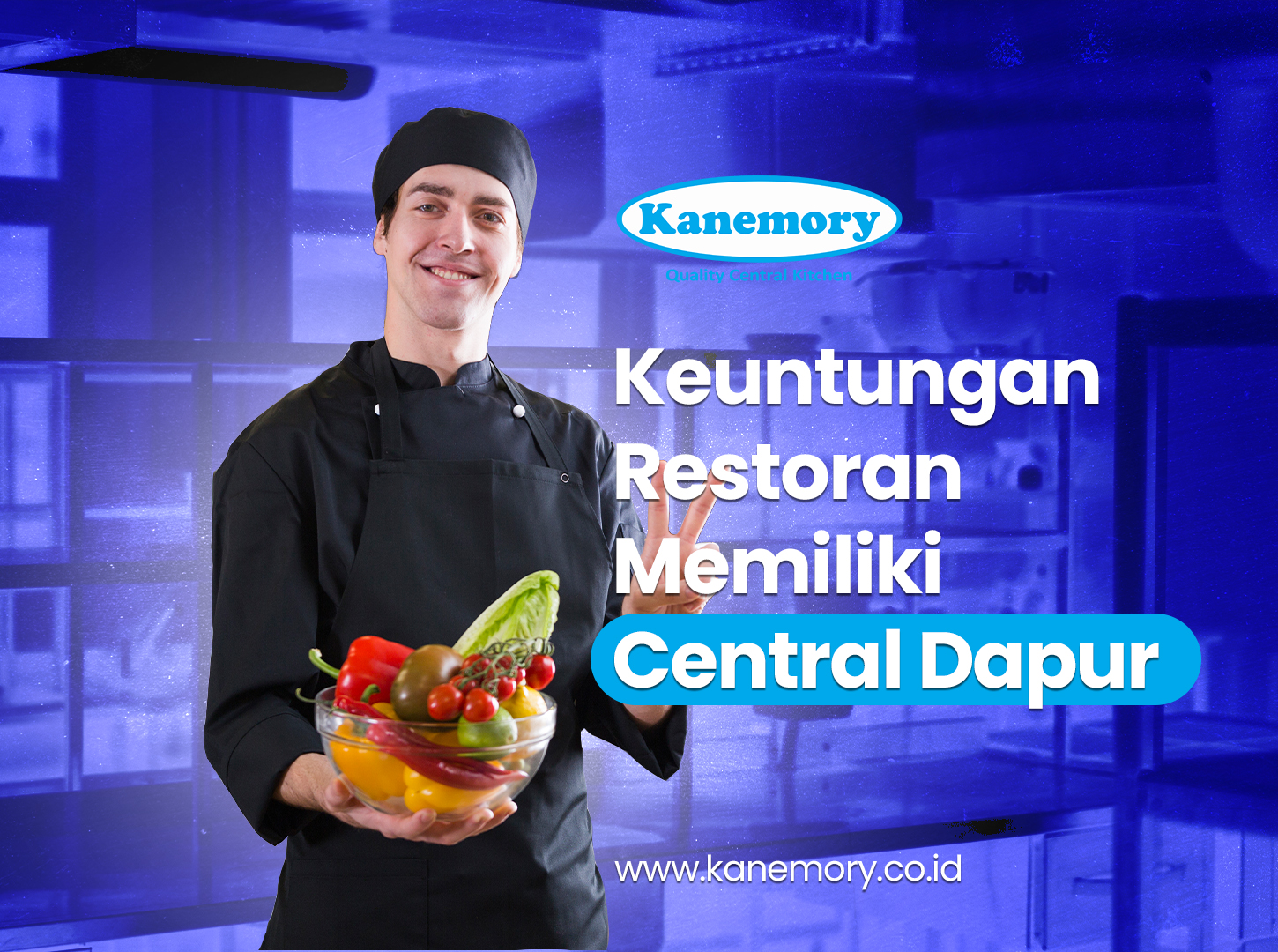Increasing innovation in the culinary industry has encouraged many restaurants to have central kitchens as part of their business strategy. The benefits of having a central kitchen cannot be underestimated, as they have a significant impact on both restaurant owners and consumers.
One of the main advantages of having a central kitchen is increased efficiency in the process of cooking and serving food. With a central kitchen, the menu preparation process becomes faster and more efficient, reducing customer waiting time thereby providing a more enjoyable experience. Apart from that, consistency in food serving can also be guaranteed with a concise system, creating high customer satisfaction and loyalty.
A clear example of the successful implementation of a central kitchen is PT Kanemory Food Service, which has proven that with advanced technology and a team of experts in the culinary field, high quality service can be achieved. On the other hand, cost control is also an important advantage, because restaurant owners can more easily control raw materials, inventory and production costs.
Flexibility in presenting menus is also something that can be relied on, because restaurants can easily adjust menus according to the season or market demand without having to change the entire kitchen system in each branch. Food safety is also well maintained, because hygiene and food safety standards can be ensured in every restaurant branch.
With the various benefits offered by central kitchens, it is not surprising that more and more restaurants are starting to switch to this system. This proves that having a Central Kitchen is not just a trend, but also a smart move for restaurant owners who want to improve the quality of their service and customer satisfaction. Through a central kitchen, restaurants can grow more easily and compete in an increasingly tough market.

